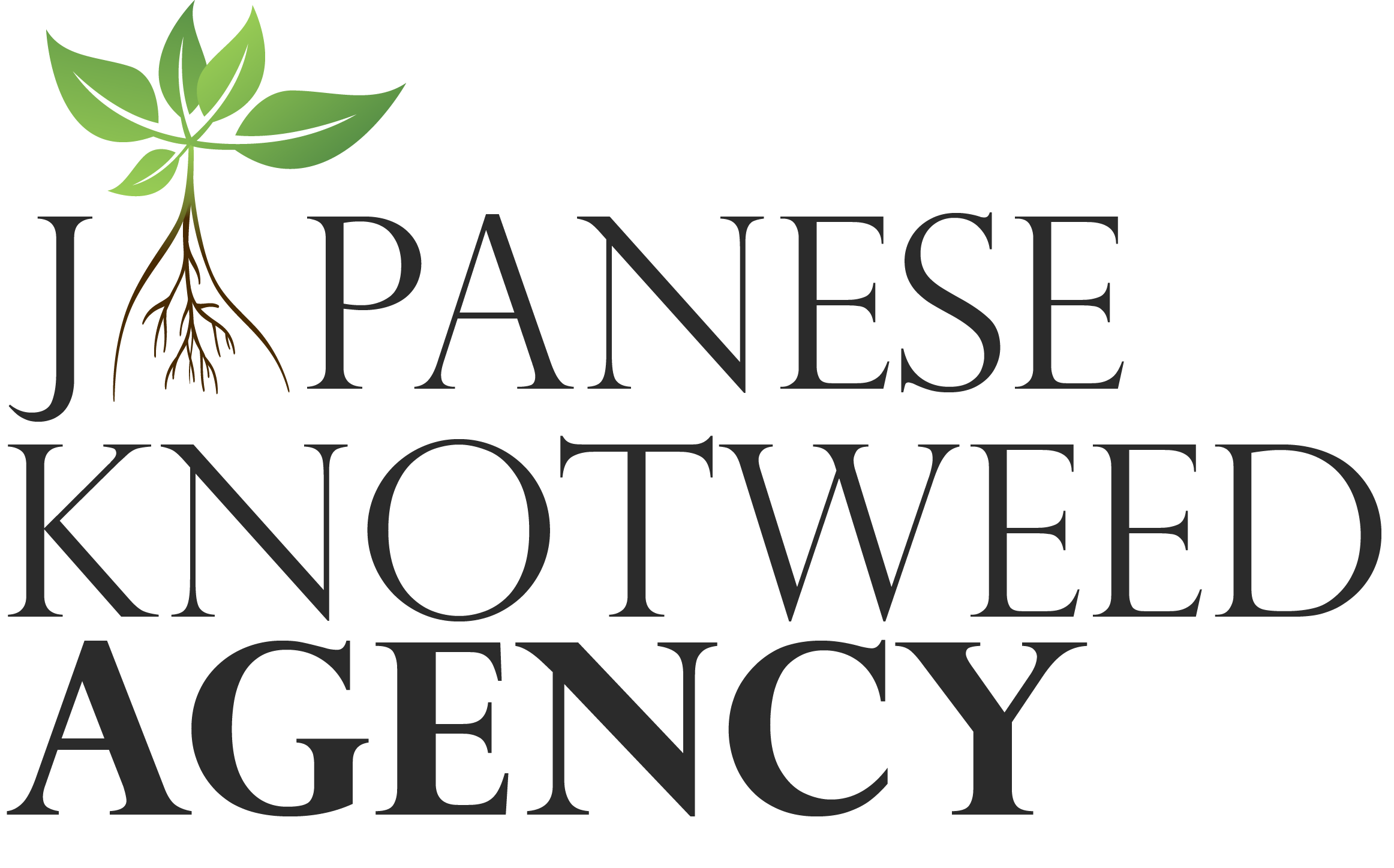This figure has increased significantly in recent years – with the exponential growth of Japanese Knotweed this means 1 house in 20 could be reduced in value by up to £100,000!
At a CPD events run for surveyors, an experienced gentleman stated that he had never come across Japanese Knotweed on any property he had surveyed – this really blew us away as we see it every day. It really highlights the problem that many professionals cannot easily identify Japanese Knotweed. The most common places it can be found are on brownfield sites and areas where fly tipping has occurred. Another common place is at the back of terraced houses and where there are badgers and foxes regularly travelling through a person’s garden. Also houses and land that are located near railway lines and waterways are particularly common, Network Rail having planted Japanese Knotweed along the banks of the railway lines to kill other weeds not knowing that this weed would literally take over; and waterways spread Japanese Knotweed downstream.
The reason why we see a much higher concentration of Japanese Knotweed in these areas is due to the way it reproduces. In the UK the seed is not viable, so although it produces seeds these will not produce viable plants, although a male plant was discovered in the UK in late Autumn 2020 and experts are looking into this. The plants therefore reproduce from cuttings. There are two types of cutting to propagate a new plant; a stem and a rhizome cutting. The stem has to have two nodules, one to become the root and one to become the new shoot. However, if a small piece of the rhizome is taken – and this can be as small as your fingernail – this will produce a new plant. For these reasons we would never recommend strimming Japanese Knotweed or trying to excavate it by yourself as is can be very easily spread, and as we know Japanese Knotweed is restricted waste and must be disposed of at prescribed sites.
If, as a member of the public, you spread Japanese Knotweed you can face a £2,000 fine and, if you are a business, it can be a £20,000 fine with 6 months in prison. Also, if you allow the Japanese Knotweed to grow from your garden into a neighbour’s garden then they can bring a civil case against you for depreciation of the house, loss of enjoyment and even stress! Claims in excess of £30,000 are not uncommon, and we have seen a successful claim in 2019 for £106,000.
Treatment plans are available with an Insurance Backed Guarantee which will satisfy banks offering mortgages and remortgages. Most lending facilities now have Japanese Knotweed safeguards and will not lend unless an insured treatment plan is in place. Japanese Knotweed removal can be extremely expensive and so most opt for a treatment plan.
Surveyors may be the most common professionals to be litigated against if the Japanese Knotweed has not been identified within their survey, and will be attributed to professional negligence. With typical devaluations being 10%+ of the value of the property, this can cause a massive problem when trying to sell your house if you do not have the right people on board to assist you.
Japanese Knotweed Agency offers free support and advice for those affected by Japanese Knotweed. Call freephone 03335 777 888 or visit website www.japaneseknotweedagency.co.uk


